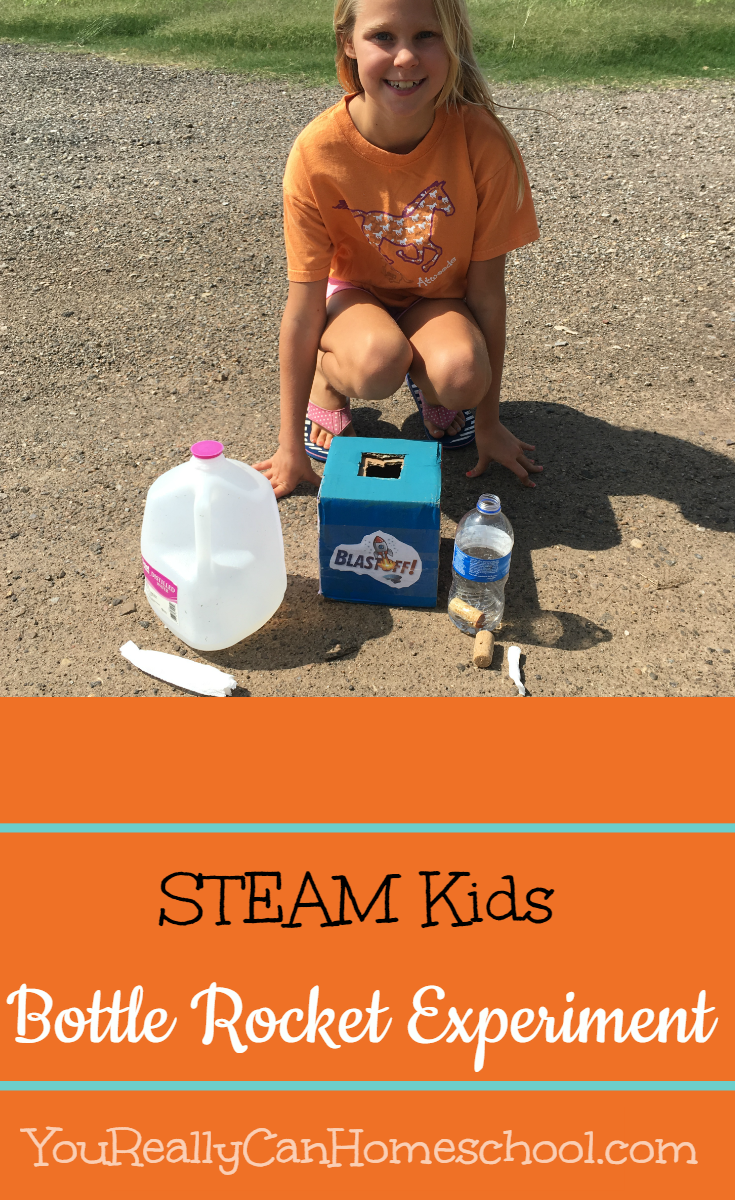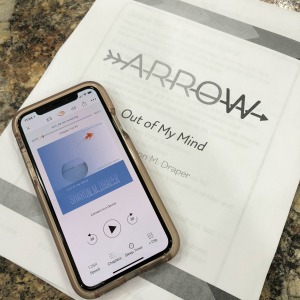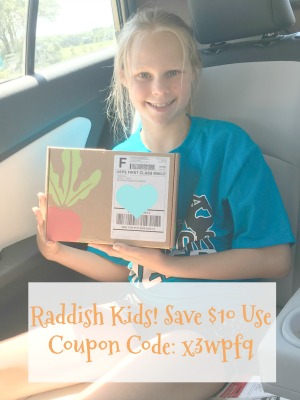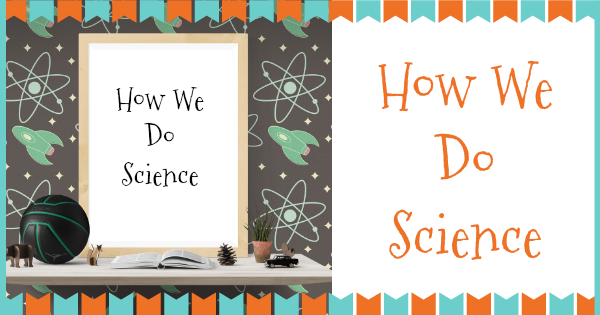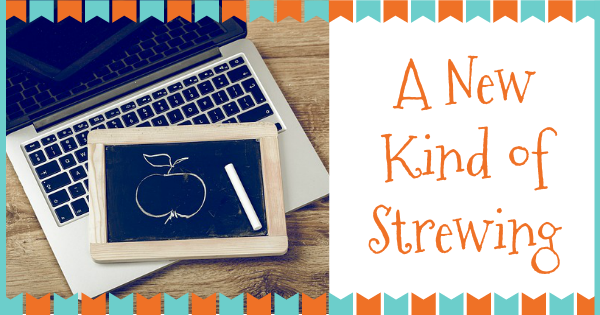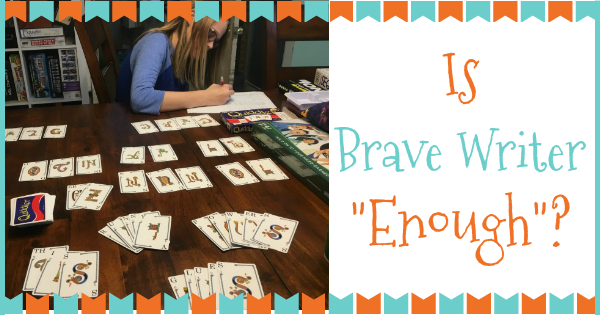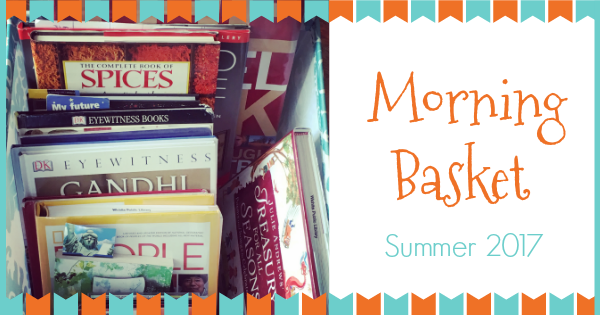I bought a copy of STEAM Kids last night. I’ll be honest, I saw this book the day it came out and didn’t order because I didn’t know if it would be appropriate for my 10 year old. It seemed like the experiments were meant for much younger kids. However, last night I was talking to my friend and fellow homeschooling mom Jen, from Practical by Default, who has kids older than mine, and she was super excited about it.
I have a little “patience” problem, so I ordered the ebook version. Immediately I started looking through it and saw a bunch of experiments I thought Hanna would like. She woke up this morning and looked through the book, and started making her own list. The first on the list was Bottle Rockets.
I didn’t really plan on doing any of these experiments today, in fact, I had this super cool crayon art project ready to go, but when we can get excited, I’m all about it taking advantage of that energy! One thing I really like about many of the experiments in this book, is we have most of the stuff on hand, which makes spur of the moment experiments much easier.
Steam Kids: Bottle Rocket Experiment
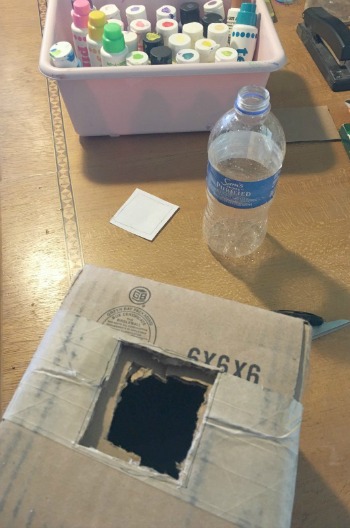 The only thing we needed for this experiment that we didn’t have was a 2 liter bottle… which actually turned out to be an advantage because we got to do a little extra math to figure out the calculations for the “combustables” for the size containers we did have.
The only thing we needed for this experiment that we didn’t have was a 2 liter bottle… which actually turned out to be an advantage because we got to do a little extra math to figure out the calculations for the “combustables” for the size containers we did have.
It all started with the base… the launch pad.
It became a challenge I gave my kiddo; come up with a way to hold this bottle up, and withstand the force of the explosion.
In the beginning she was at a loss. She didn’t know what to do, or even how to think about it, but we started brainstorming, and that led to a plethora of ideas.
Then came the building (and decorating!) of the launch pad.
What I enjoy about homeschooling is how a lesson about one thing can suddenly become another lesson about something totally different. In fact, the launch pad creation became a wonderful lesson about color mixing. (Which is totally the A in STEAM!) <3 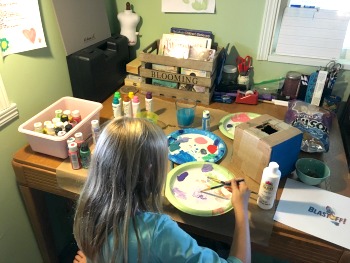
As the launch pad dried we made the calculations we’d need so we could use the right amount of “combustables” in our smaller bottle. We tested different corks in our bottle to find one that would fit.
As we were talking, and waiting, we got excited and wondered what would happen if we tried different types of bottles, different sizes of bottles, with different kinds of tops.
We settled on a milk jug with a push on lid. We did the “combustables” calculations for our gallon jug, and headed out to launch.
We waited a minute and 43 seconds for our first rocket to launch, nothing.
When we went and investigated we realized there was a hole through the cork, which let out all the pressure built up in the bottle. (We had used the cork in another project that included holding it to 2 other corks with toothpicks.)
So we moved on to the next bottle. Our gallon jug.
Boom. 7 seconds. Miniscule liftoff. 🙁
As we investigated the results, Hanna’s dad was quick to point out, the push on lids just couldn’t hold up to the amount of pressure that was building up. We brainstormed ways to change the experiment to keep the lid on longer under pressure… but haven’t tested them out yet.
Though it would have been super cool to see our rockets soar into the sky, sometimes I think experiment “failures” are even better. You get to talk about what happened, and how you could change it to get the results you expected, and why things went the way they did. You also get an opportunity to talk about failure, and how it’s not the end of the world, and how many incredible things have been brought into the world via a “failure”. Just ask Ruth Wakefield!
All in all this turned into a full day study of science, technology, engineering, art and math. The full scope of STEAM!
I’m so excited I bought this book, because this is the first of many experiments we are excited to test out at home! Click here to get your copy of the STEAM Kids book.
Let me know which experiments are you favorites, and you’re doing with your kids! I’d love to know how they turn out!!

